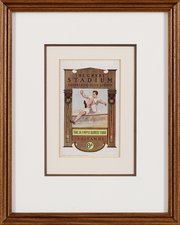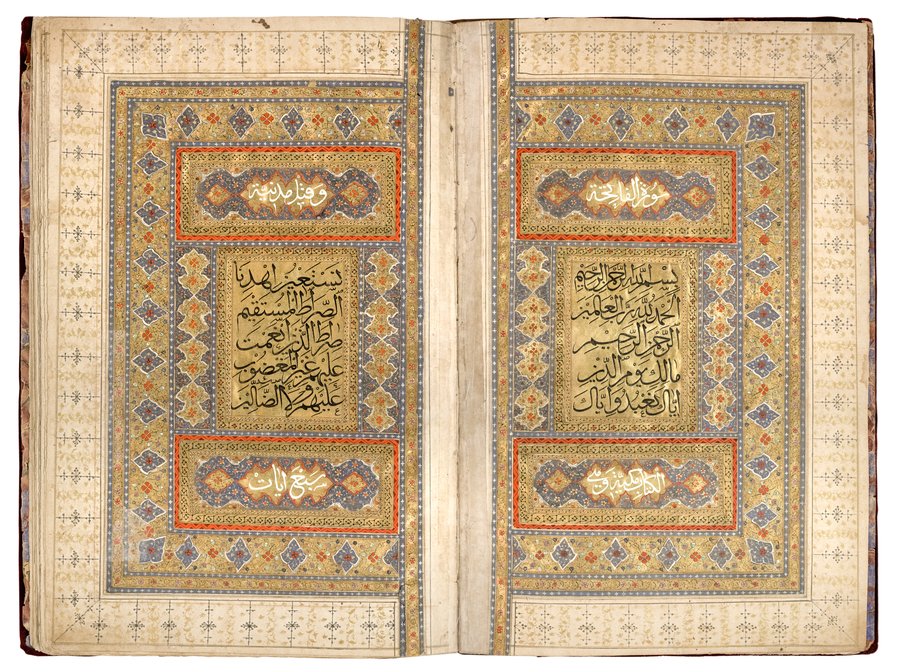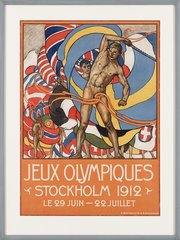
Qur'an
Museum of Islamic Art
- Title:
- Qur'an
- Production place:
- India
- Date:
- 1700 - 1750
- Period:
- Mughal
- Title:
- Qur'an
- Production place:
- India
- Date:
- 1700 - 1750
- Period:
- Mughal
- Material:
- Paper, Velvet, Gouache, Ink, Gilt paint
- Technique:
- Calligraphy, Bookbinding
- Dimensions:
- 38 × 24.5
Regarded as one of the finest artworks of its kind for this period in the MIA collection, this complete Qur’an manuscript is remarkable for its discreet beauty, the subtle interplay between the highly polished cream paper and gleaming illumination and the elegant calligraphy layout. The opening pages with the Sura al-Fatihah (“The Opener”) have extensive illumination in gold and subdued pastel colours. The rest of the pages have been divided into four panels in minute naskh separated by bands in rayhani and thuluth script, major textual divisions are indicated in medallions on the borders. This type of Qur’an manuscript is known as “si-varqi”, a 30-leaved format that became popular across South Asia from the 11th century AH/17th century CE on. The division in 30 equal sections (juz’/ajza') is particularly fitting for the reading of the Qur’an over thirty days, most notably during the fasting month of Ramadan.



